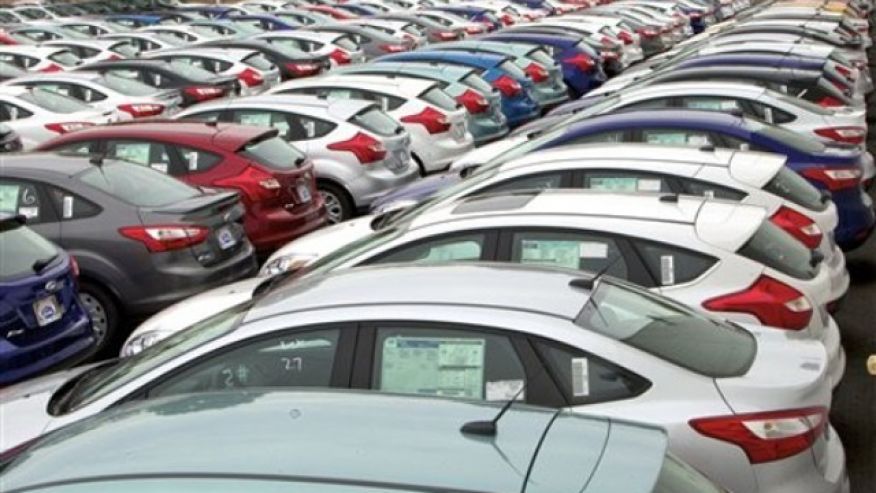Ride-on vehicles
Ride-on vehicles for children are an absolute delight. Whether it is the simplest balance bike or a self-propelled foot-to-floor ride on a jeep with huge wheels, your kid will eventually love it. Yet, there are so many options to choose from, and you need to be considerate of safety more than anything.
Many people will see a legendary ride-on vehicle with 24 Volt Power Wheels and feel totally enamored with the thought of their kid zipping around on it. However, caution is a must, and a 24 Volt ride-on vehicle is only really suitable after the age of 5, and for more cautious kids perhaps beyond that.
The first thing you must consider when you want to buy a ride-on toy for your little one is to focus on age guides, and age is the most important factor in line with safety.
Age considerations
Age is important to consider. You do not want a toddler, whose motor skills are still not up to scratch, zipping around at 3 to 5 miles per hour. It may not seem that fast when you are used to doing 70 mph down the highway, but when it’s your baby, it’s a different matter.
Let’s run over what ride-on vehicles are most suitable to which age groups.
0-2 years old
Children in this age group are still in the process of developing their motor skills. This means that they are extra vulnerable to falls. This is why, if you want to invest in an electric ride-on vehicle for a child of this age, you need to select one that is made for this age group. These vehicles that are made for children of 1 or 2 years old are designed with a range of specialized features, this includes especially supportive seats to help prevent any toppling over, and they are very low powered, meaning the top speed is about 2 mph. A toddler doesn’t need to go faster than that.
Unlike older kids, these vehicles are often controlled via a one-touch button system. They usually come with a remote, so the parents can control movement, taking control, or just when necessary to prevent any crashes or bumps.
3-5 years old
By the time your kid is 3 years old, they have usually developed their motor skills and reflexes that are necessary to master a vehicle with more oomph. These can go up to 6mph, and they are often more detailed and designed to look more realistic. These, unlike ones for toddlers, can usually tackle outdoor terrain better, however, this is not true for all.
These are often more realistic, even including radios. While 6 Volts is sufficient for a child of this age, it can go higher up to 12 or 24 volts, however, this is usually only best for children with more advanced coordination, and it is best left for older children. 6 volts can go up to 2 mph whereas a 12 volt can go up to 3.5 mph, and 24 volts can go up to 6 mph.
5-8 years old
By the time your child is 5 years old, they will be able to cope with more advanced vehicles. These look even more like real cars, even designs that look like jeeps, Mercedes and Lamborghini.
This age range can usually use 24-volt vehicles, although some kids may feel better with the safety of a 12 volt instead. These vehicles are also good for outdoor terrain, and many of these will have a double motor system and multiple gears, including a reverse year. You can still get parental remote controls for this age range, some more advanced models may not have this.
These will usually have more power and more of a realistic driving experience, as this age group has better reflexes and coordination.
8+ years old
After your child is 8 years old, they should be able to drive a 24-volt vehicle. Some of the more cautious children may still prefer a 12 volt at this age. The vehicles designed for this age group are often more detailed and realistic looking, they often look like a mini version of the real thing, they tend to be more powerful and are multi-terrain. These are best with a 24-volt battery with twin motors and multiple gears.
The main consideration is that the vehicle has rubber tires that will provide plenty of traction.







